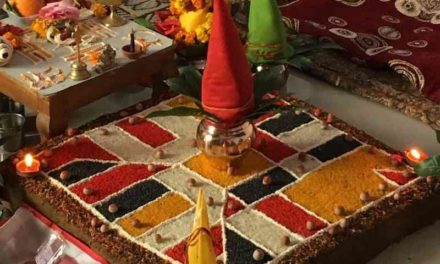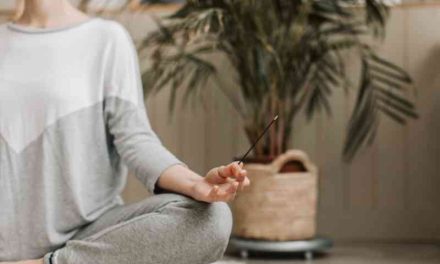Hatha yoga includes an inverted posture called Sirsasana, which is often referred to as the “Headstand Pose.” As a result of the tremendous amount of strength and balance that is required, it is regarded as one of the most essential and difficult positions in all of yoga. The word “headstand” comes from the Sanskrit word “Sirsasana,” which comes from the word “asana,” which means “position.”
Start in a kneeling posture with your forearms on the floor and your elbows in close proximity to your waist. This is the starting position for the Sirsasana yoga pose. Make a fist behind your head by interlocking your fingers and cupping your hands behind your head.
You should lay the top of your head on the ground while supporting the rear of your head with your hands. Begin to slowly straighten your legs, elevating them off the floor while you hold the weight of your body with your forearms and head.
As you get used to the stance, you can try lifting one leg at a time. Eventually, you should be able to bring both of your legs together as the full expression of the pose. It is essential that while you are holding the posture you keep your core engaged and your shoulders relaxed, and that when you release the posture you do so carefully and with control.
It is essential to keep in mind that Sirsasana is a more complex position, and as such, it ought to be done only under the direction of a seasoned instructor. Because it involves a large amount of strength and balance, anyone who has neck or back problems, high blood pressure, or any other health issue should not do it.
The following are some of the numerous advantages that Sirsasana provides for both the body and the mind:
- Developing one’s upper body, core, and lower body strength
- enhancing one’s equilibrium, attention, and concentration
- Activating the central nervous system and stimulating the brain
- Improving digestion
- Providing relief from worry and tension
- Improving one’s defenses against illness
- Bringing mental calm and facilitating an improved quality of sleep
- It is essential to keep in mind that consistent practice of this asana should be carried out under the watchful eye of an accomplished yoga instructor.





